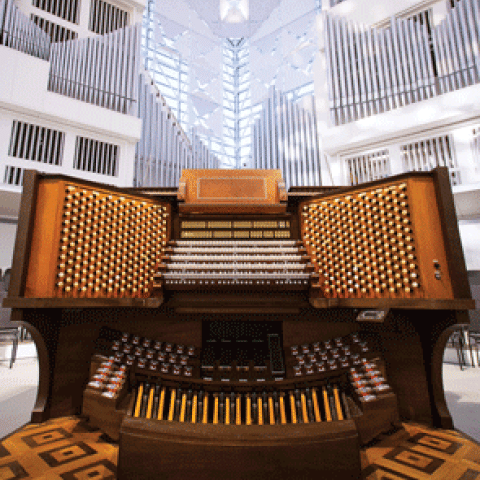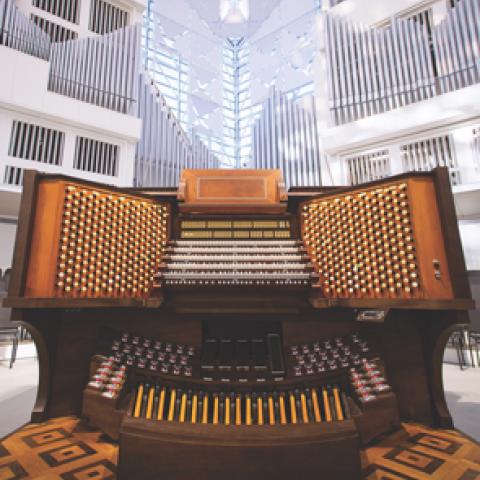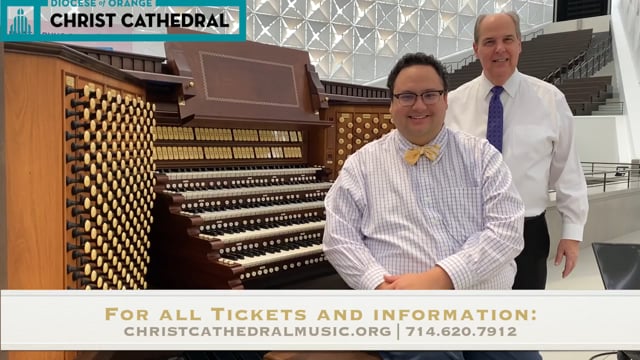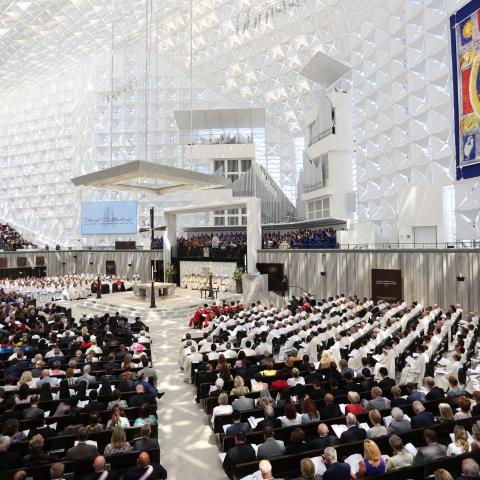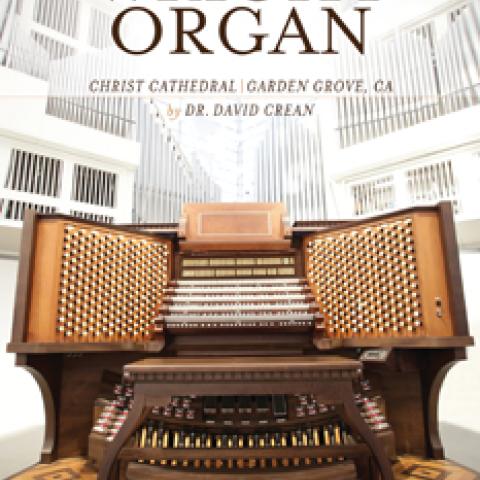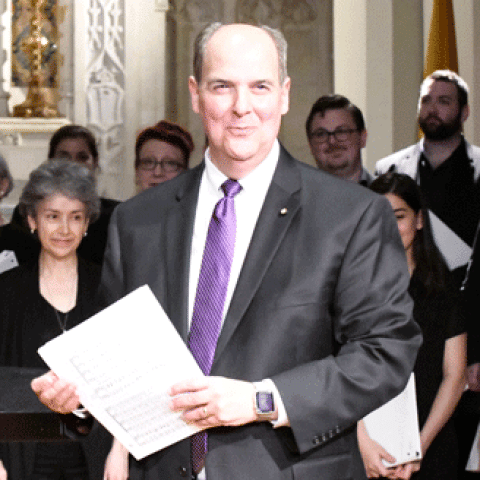
Christ Cathedral, Garden Grove, California, announces events rededicating its Hazel Wright Organ, built by Fratelli Ruffatti of Padua, Italy.
The dedication recital will take place May 15 with Fred Swann, Paul Jacobs, Hector Olivera, Michael Barone, and Diane Bish; the following day, workshops, masterclasses, and presentations will be made by Swann, Bish, Jacobs, and Olivera. Hector Olivera will present a solo organ recital on May 17.
Monthly recitals follow: June 12, David Ball; July 17, Peter Richard Conte; August 21, Nathan Laube; September 18, Chelsea Chen; October 16, Olivier Latry; November 20, Stephen Tharp; December, a Christmas concert with the cathedral choirs. On January 5, 2021, Paul Jacobs will perform with the Pacific Symphony, Carl St. Clair, conductor.
For information: www.christcathedralmusic.org or www.hazelsback.org.

